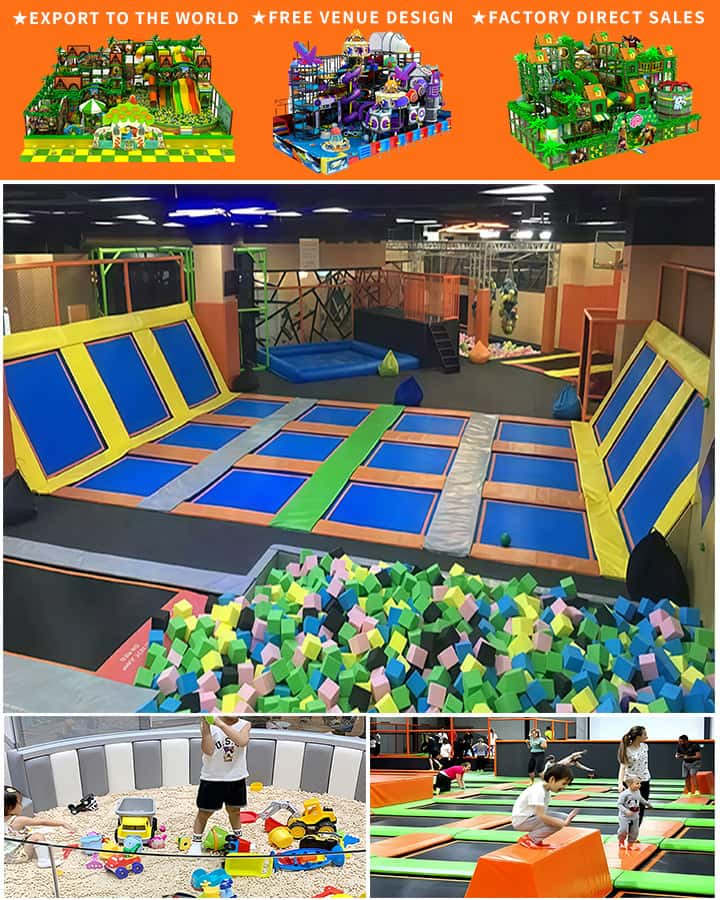In the ever-evolving landscape of educational environments, one crucial element that often gets overlooked is the inclusion of soft play equipment in schools. As educators and school administrators strive to create nurturing and stimulating spaces for students, the integration of soft play equipment has proven to be a significant stride towards achieving these goals. This article delves into the myriad benefits and considerations of incorporating soft play equipment in school settings to foster physical activity, social interaction, and developmental growth among students.
Physical Development and Health Benefits
One of the primary advantages of incorporating soft play equipment into schools is the promotion of physical activity. In an era where sedentary lifestyles are becoming increasingly prevalent among children, encouraging regular movement through engaging play is essential. Soft play equipment, such as foam climbers, balance beams, and ball pits, offers students a safe and enjoyable way to exercise, thereby improving their overall physical health and well-being. Regular physical activity can help combat childhood obesity, enhance motor skills, and contribute to better concentration and cognitive function in the classroom.
 Social and Emotional Growth
Social and Emotional Growth
Beyond physical benefits, soft play equipment also plays a vital role in fostering social and emotional development. Interactive play environments provide children with opportunities to collaborate, share, and develop important social skills. Through cooperative play on structures like soft slides or interactive panels, students learn to take turns, communicate effectively, and resolve conflicts amicably. These interactions not only build stronger peer relationships but also promote empathy and teamwork—essential life skills that extend far beyond the playground.
Safety and Accessibility
When considering the installation of soft play equipment for schools, safety and accessibility are paramount. Reputable manufacturers design these products with non-toxic materials and rounded edges to minimize the risk of injury. Additionally, the tactile nature of soft play equipment makes it inclusive for children with various needs, including those with sensory processing issues or mobility challenges. By providing a safe and accessible play environment, schools can ensure that all students have equal opportunities to engage and benefit from physical activity and social interaction.
Educational Integration
Educators can further maximize the benefits of soft play equipment by integrating it into the curriculum. For instance, teachers can incorporate soft play areas into lesson plans to make learning more dynamic and hands-on. Math games using numbered climbing holds, literacy activities involving word searches hidden within soft mats, or science explorations using themed play structures can transform ordinary playtime into educational experiences. This multidisciplinary approach not only reinforces academic concepts but also keeps students engaged and motivated to learn.
Conclusion
The incorporation of soft play equipment in schools presents a unique opportunity to enhance both the educational and recreational aspects of the learning environment. By promoting physical health, supporting social and emotional growth, ensuring safety and accessibility, and integrating educational content, soft play equipment can serve as a valuable tool for holistic child development. As schools continue to prioritize the well-being and development of their students, investing in high-quality soft play equipment stands out as a forward-thinking strategy that yields long-term benefits for the entire school community.




